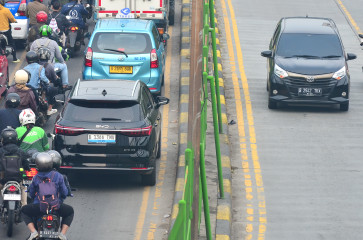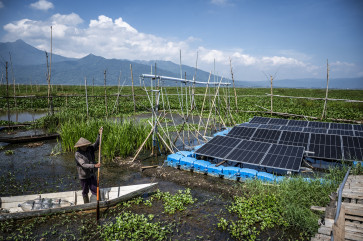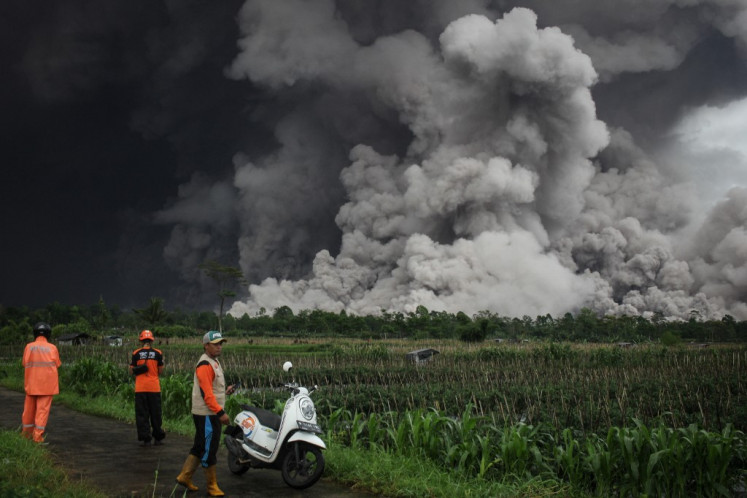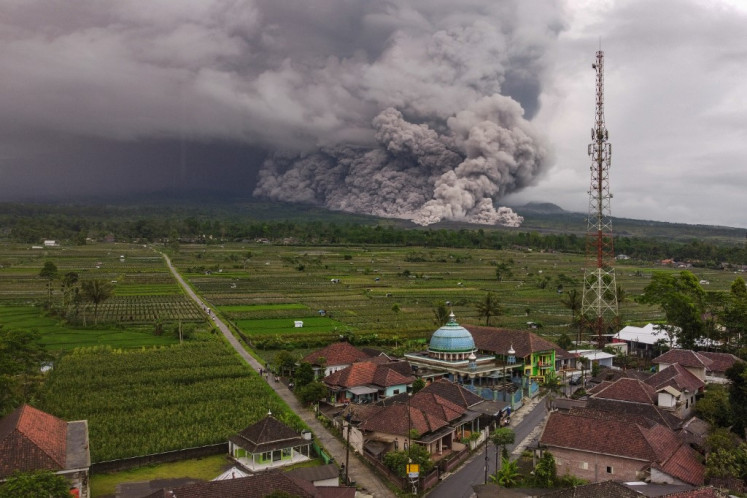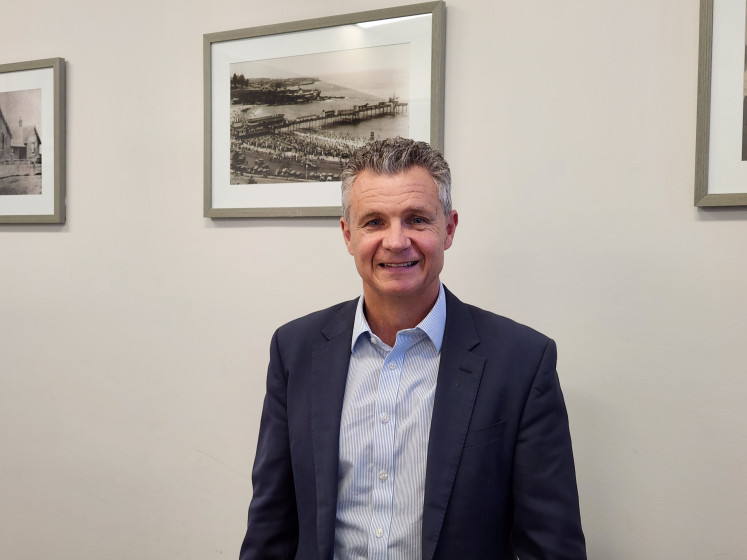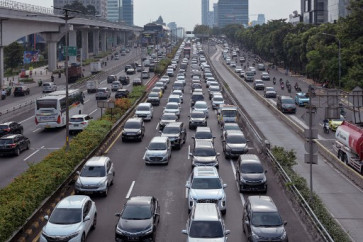Popular Reads
Top Results
Can't find what you're looking for?
View all search resultsPopular Reads
Top Results
Can't find what you're looking for?
View all search resultsYearender 2022: Two steps forward, one step back for Jakarta public transportation
Change text size
Gift Premium Articles
to Anyone
A
s Jakarta resumes normal service in 2022 with the worst of the pandemic in the rearview mirror, the capital’s 10 million residents, plus 18 million more from the surrounding satellite cities, have found themselves dealing again with one of the city’s perennial problems: heavy traffic.
While the Jakarta Transportation Agency was quick to pat itself on the back when the TomTom Traffic Index showed that the capital’s congestion level in 2021 was 34 percent, down from 36 percent in 2020 and 53 percent in 2019, recent data shows that the pandemic was largely to thank for the decrease.
The abundance of privately owned cars is still a major problem, with data from Statistics Indonesia (BPS) showing a sizable increase in the number of cars over the past few years, 4.1 million in 2021 compared to 3.3 million in 2019.
In response to the congestion, the city has undertaken several projects meant to improve the quality of public transportation and increase ridership.
This year, the TransJakarta bus service began refurbishing older stops. Tackling the issue of integrated transportation, the JakLingko transportation payment system, meanwhile, started offering cheaper integrated fare for multi-mode commutes using TransJakarta buses, the commuter line (KRL) and MRT.
But while the initiatives are steps in the right direction, their execution leaves plenty of room for improvements.
Style over substance



